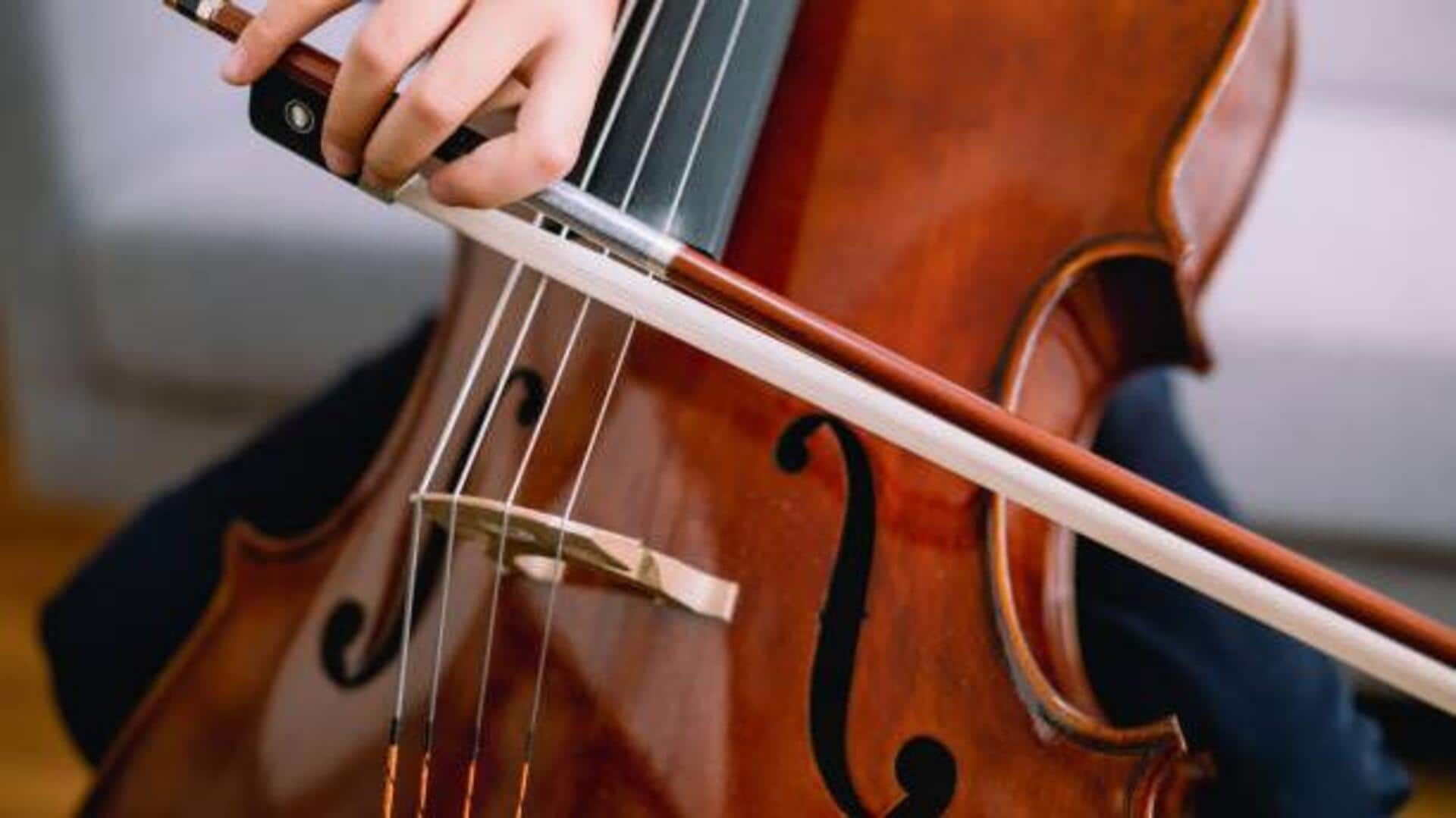
Learning cello? Master the instrument with these tips
What's the story
Playing the cello well demands more than just musical skill; it also requires physical strength and conditioning, especially in the arms and hands.
Achieving the right bowing technique is key to creating beautiful sounds and expressions.
This article details five exercises designed to build arm strength, increase flexibility, and ultimately enhance control for cello players.
Flexibility
Wrist flexibility drills
Wrist flexibility is key to allowing fluid bow transitions and pressure control.
Extend your arm at shoulder height, palm down.
Use the other hand to gently pull back on your fingers until you feel a stretch in your wrist and forearm.
Hold for 15 seconds, then switch sides.
Do this three times per side daily to increase flexibility and reduce strain risk.
Dexterity
Finger tapping exercises
Building finger strength and independence is crucial for accurate bow control.
One of the most beneficial exercises is finger tapping: Lay your hand flat on a table, then raise each finger individually as high as you can while keeping the rest flat.
Begin at a slow pace, then progressively increase speed.
Doing this exercise for two minutes each day will significantly improve your dexterity and control.
Strength
Arm strengthening with resistance bands
Using resistance bands can greatly increase arm strength, which is essential for managing the pressure of the bow against the strings.
Hold a resistance band with both hands extended forward at shoulder height.
Pull the band apart with your arms straight and then return slowly to the starting position.
Doing three sets of 10 repetitions daily will build endurance and strength in the muscles used for bowing.
Stability
Shoulder stability workouts
Strong shoulders = foundation for controlled, effortless cello motions
One great exercise: Lie on your side, knees slightly bent. Hold a lightweight dumbbell in your top hand, elbow at 90 degrees.
Keeping your elbow against your side, rotate your forearm upward about 45 degrees, then return.
Two sets of 10 on each side will fire up those rotator cuff muscles, building shoulder strength.
Mobility
Elbow flexor stretch
Tight elbow flexors can cause scratchy bow strokes by restricting your range of motion.
To fix this, stand facing a wall with fingertips touching it at chest height, elbows straight but not locked.
Lean forward until you feel a stretch along your forearms and hold for 20 seconds; repeat three times per session to improve mobility and prevent stiffness after long practice sessions.